Tomato paste is a versatile ingredient used in a wide array of culinary creations, ranging from soups and sauces to stews and pasta dishes. While using tomato paste straight from the can is a convenient option, browning tomato paste can elevate its flavor profile and deepen its color, adding a richer and more complex taste to your recipes. In this article, we will explore the science behind browning tomato paste, its benefits, and the techniques to achieve optimal results. 1. Understanding Browning Reactions: Browning tomato paste involves a chemical reaction commonly known as the Maillard reaction.
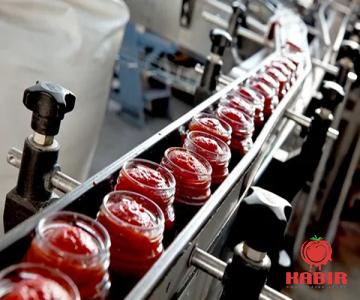
.
 This reaction occurs when amino acids and reducing sugars in the tomato paste combine under high heat, resulting in enhanced flavor, aroma, and color changes. The Maillard reaction produces a range of new compounds that contribute to the browning process, such as melanoidins, furans, and other flavor compounds. 2. Benefits of Browning Tomato Paste: a. Flavor Enhancement: Browning tomato paste intensifies the natural sweetness and umami flavors, adding depth and complexity to your dishes. It develops a caramelized and slightly nutty taste, making your recipes more robust and satisfying. b. Color Enhancement: Browned tomato paste presents a visually appealing rich dark red or brown color, which can enhance the overall presentation of your dishes
This reaction occurs when amino acids and reducing sugars in the tomato paste combine under high heat, resulting in enhanced flavor, aroma, and color changes. The Maillard reaction produces a range of new compounds that contribute to the browning process, such as melanoidins, furans, and other flavor compounds. 2. Benefits of Browning Tomato Paste: a. Flavor Enhancement: Browning tomato paste intensifies the natural sweetness and umami flavors, adding depth and complexity to your dishes. It develops a caramelized and slightly nutty taste, making your recipes more robust and satisfying. b. Color Enhancement: Browned tomato paste presents a visually appealing rich dark red or brown color, which can enhance the overall presentation of your dishes
..
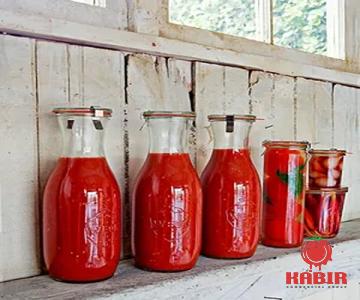 . 3. Techniques for Browning Tomato Paste: a. Preparing the Tomato Paste: Before browning, ensure you have a quality tomato paste with a high tomato solids content. This will yield better flavor and browning results. b. Sautéing Method: In a heated pan or skillet, add a small amount of oil or butter. Once heated, add the tomato paste and spread it evenly over the surface. Allow it to cook, stirring occasionally, until the sugar and amino acids in the paste start to caramelize and the desired color is achieved. c. Oven Method: Preheat your oven to a medium-high temperature (around 375°F/190°C). Spread the tomato paste on a baking sheet lined with parchment paper or a silicone baking mat. Place it in the oven and periodically check the progress, stirring occasionally, until the desired browning is achieved. d. Deglazing: After browning the tomato paste, you can incorporate a liquid (such as wine, stock, or water) to deglaze the pan or baking sheet, capturing any residue for added flavor. This deglazed mixture can then be added to your recipe.
. 3. Techniques for Browning Tomato Paste: a. Preparing the Tomato Paste: Before browning, ensure you have a quality tomato paste with a high tomato solids content. This will yield better flavor and browning results. b. Sautéing Method: In a heated pan or skillet, add a small amount of oil or butter. Once heated, add the tomato paste and spread it evenly over the surface. Allow it to cook, stirring occasionally, until the sugar and amino acids in the paste start to caramelize and the desired color is achieved. c. Oven Method: Preheat your oven to a medium-high temperature (around 375°F/190°C). Spread the tomato paste on a baking sheet lined with parchment paper or a silicone baking mat. Place it in the oven and periodically check the progress, stirring occasionally, until the desired browning is achieved. d. Deglazing: After browning the tomato paste, you can incorporate a liquid (such as wine, stock, or water) to deglaze the pan or baking sheet, capturing any residue for added flavor. This deglazed mixture can then be added to your recipe.
…
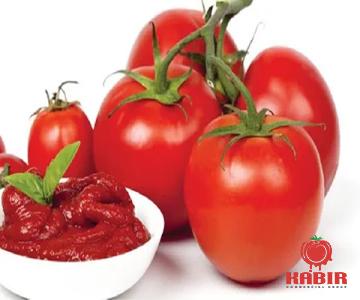 4. Tips to Enhance Browning Results: a. Optimal Heat: Maintain a moderate to high heat during the browning process. This ensures the Maillard reaction occurs efficiently without burning the paste. b. Stirring: Stir the tomato paste occasionally to prevent uneven browning and ensure it doesn’t stick to the pan or baking sheet. c. Time and Temperature: The browning process may take anywhere from 10 to 30 minutes, depending on the technique used and desired intensity. Monitor the process closely to achieve the desired results. Conclusion: Browning tomato paste is a simple technique that can significantly enhance the flavor and appearance of your dishes. By understanding the science behind browning reactions and utilizing the appropriate techniques, you can unlock a new dimension of taste and depth in your culinary creations. Experiment, explore, and elevate your recipes by incorporating the beautifully browned tomato paste.
4. Tips to Enhance Browning Results: a. Optimal Heat: Maintain a moderate to high heat during the browning process. This ensures the Maillard reaction occurs efficiently without burning the paste. b. Stirring: Stir the tomato paste occasionally to prevent uneven browning and ensure it doesn’t stick to the pan or baking sheet. c. Time and Temperature: The browning process may take anywhere from 10 to 30 minutes, depending on the technique used and desired intensity. Monitor the process closely to achieve the desired results. Conclusion: Browning tomato paste is a simple technique that can significantly enhance the flavor and appearance of your dishes. By understanding the science behind browning reactions and utilizing the appropriate techniques, you can unlock a new dimension of taste and depth in your culinary creations. Experiment, explore, and elevate your recipes by incorporating the beautifully browned tomato paste.

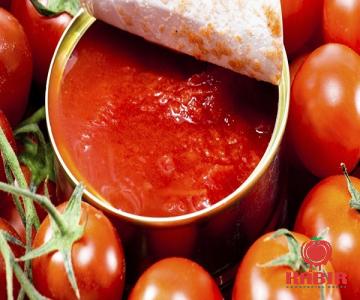



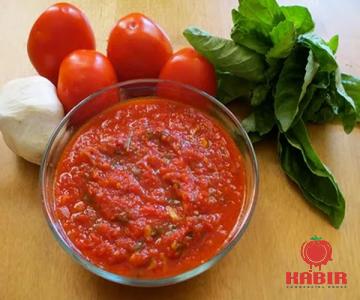
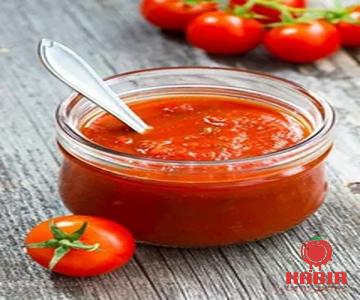


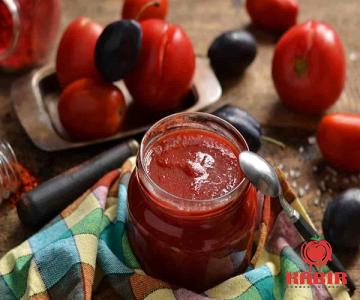
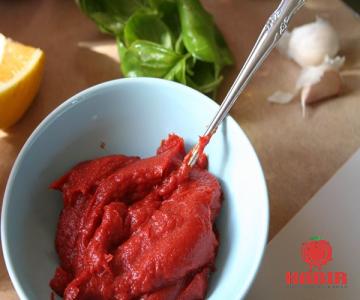
Your comment submitted.